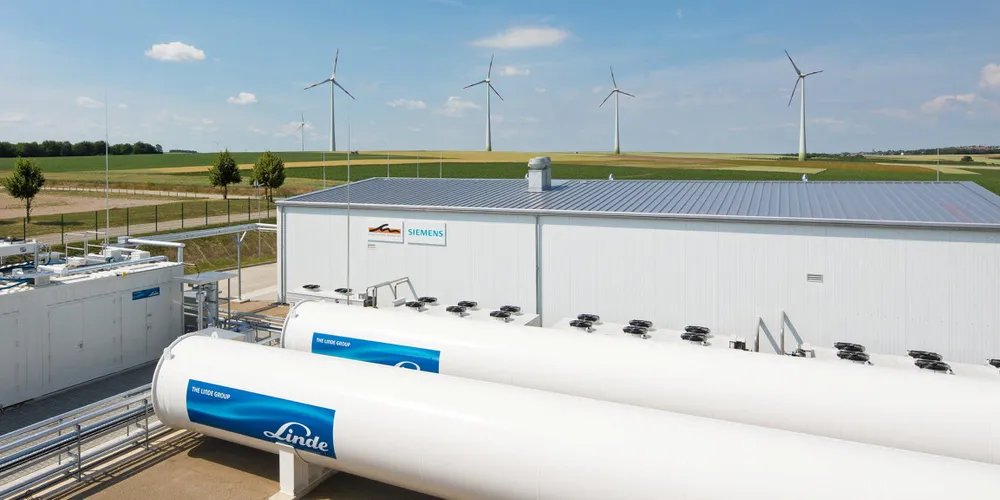'Not even a carbon price of €200 would make green hydrogen cost-competitive this decade'
Governments will therefore need to subsidise the ramp-up of renewable H2 — and it would be a 'bad idea' to use the fuel for cars and heating, says think-tank report
